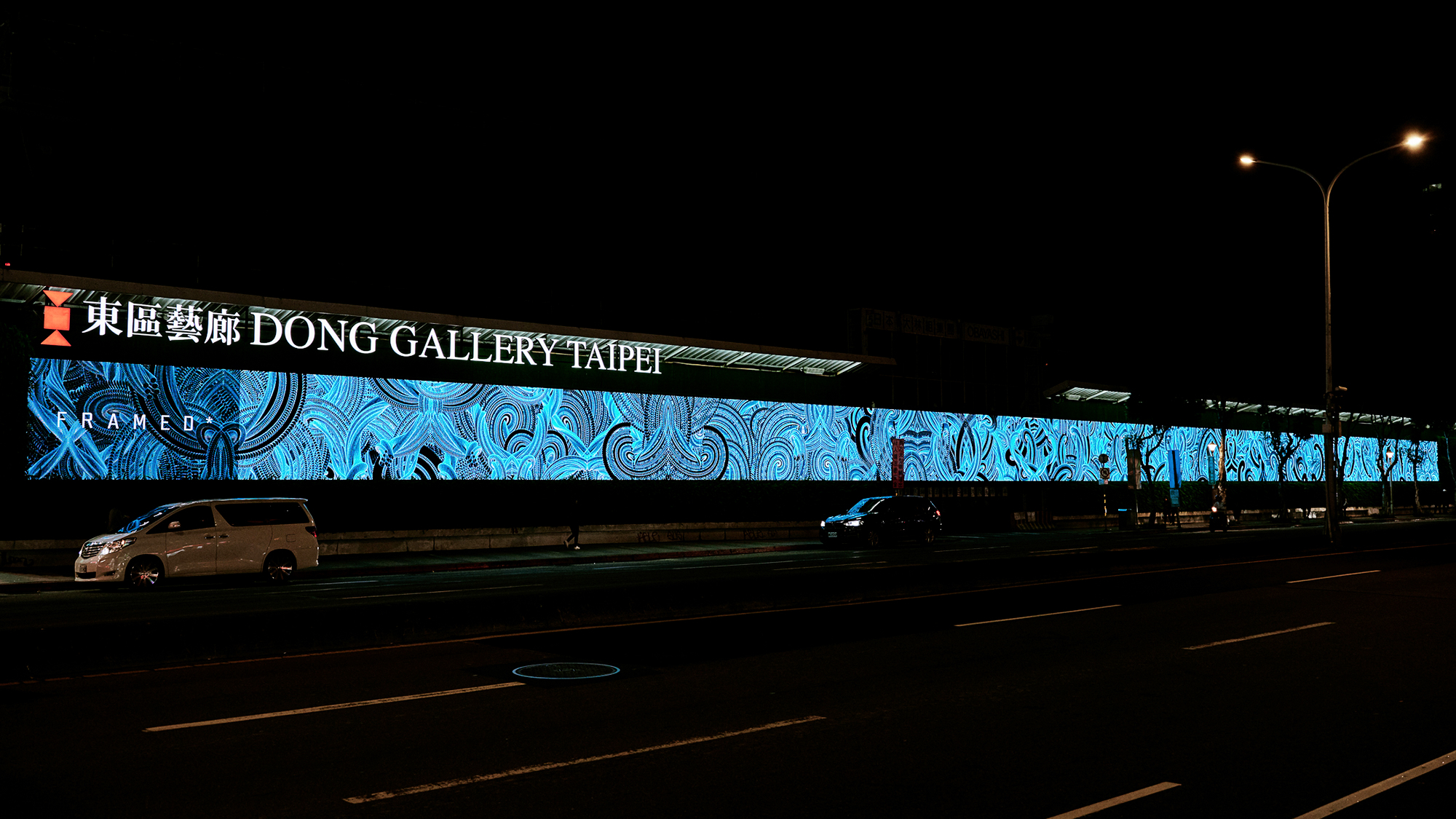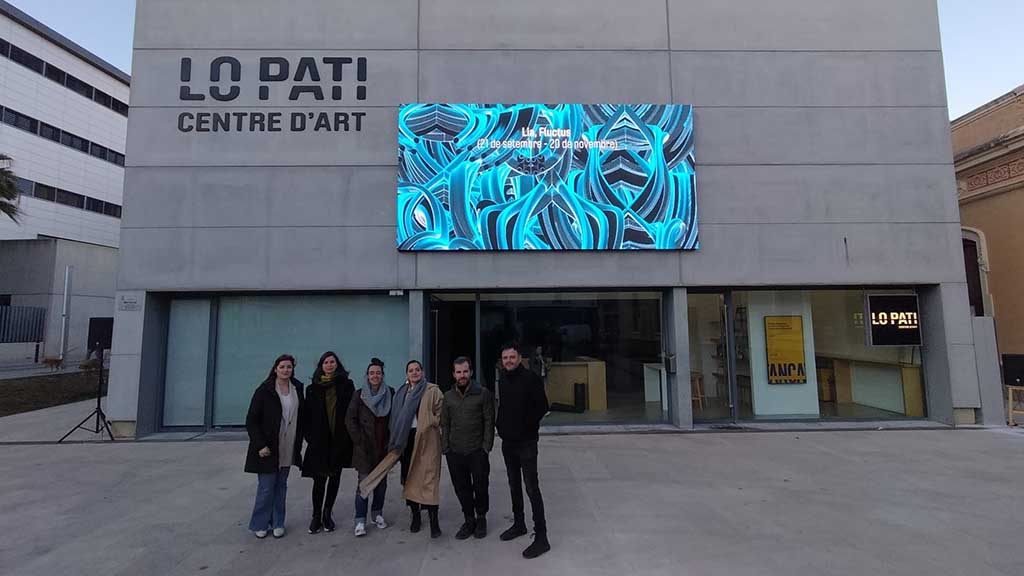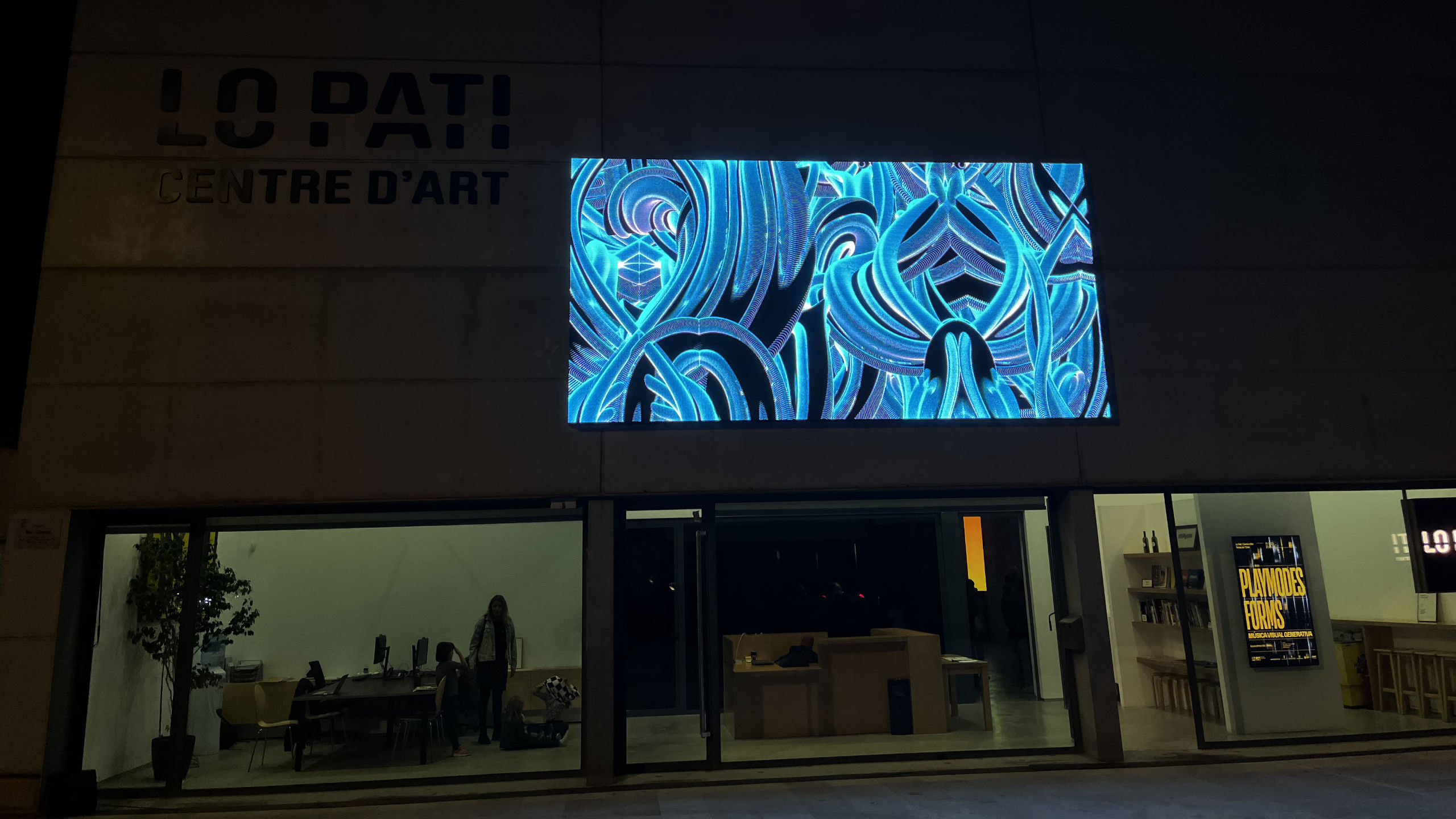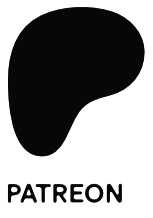Fluctus is a generative artwork that explores the emergence of complex, organic-seeming patterns from a purely computational core. The work unfolds as a living structure, creating a hypnotic flow of abstract yet familiar forms.
The work has been featured in large-scale public art installations internationally. In 2019, it was presented on a monumental 11-meter outdoor LED screen at the Dong Gallery in Taipei, Taiwan, transforming the city street into a dynamic digital canvas.
In 2023, the work was also exhibited for two months on the outdoor facade of the Lo Pati Centre d’Art in Spain, continuing its journey as a piece of public-facing digital art.

Fluctus installed on the 11-meter facade of Dong Gallery, Taipei (2019).
Exhibition at Lo Pati Centre d’Art, Spain
On the Nature of Fluctus
Fluctus
LIA has a deep understanding of how computational art exists beyond the material flow of things. Being above all subface, a computational artwork is code, data and metadata. As Boris Groys posits, it is not object but benjaminian aura. From programmatic descriptions, computation — which is itself the artwork — is enacted and gives rise to objects: sensorial effusions that are temporarily and fleetingly created; that are brought to the world just to quickly disappear, leaving nothing but impressions lingering in one’s memory. This is art as flow, art as process, art as concept, art as event. This is an art that looks at the future and leaves us with cursory traces that we often mistake as the work. This is living art.
This is however not the reason why LIA’s works often seem to display organic formal traits. LIA’s living structures are certainly not biological, nor do they try to simulate biological processes, or to mimetise organic forms. The unfolding of a piece such as Fluctus expresses its wholeness and leaves behind prochronistic traces that may allow the inference of the complexity of the morphogenetic processes churning away at its computational core. We mesmerise at these outputs in a highly abstract and alien context that is nevertheless rife with all too familiar patterns.
Text by Miguel Carvalhais
Project Details
Year Created: 2018
Medium: Generative Art, presented as Public Video Installation
Taipei Photography: Courtesy of Dong Gallery
Lo Pati Photography: Anna Carreras, Vicente Matallana
Public Exhibitions
Dong Gallery, Taipei, Taiwan (Feb 16 – Mar 23, 2019)
Lo Pati, Centre d’Art de les Terres de l’Ebre, Spain (Sep 21 – Nov 20, 2023)


